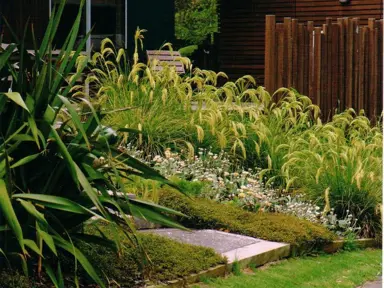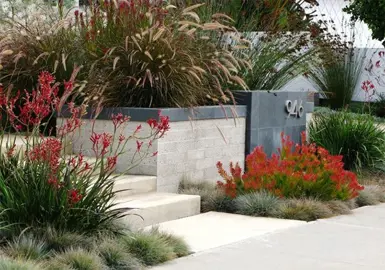
The Plant Company grows, sells, and ships Parrotia trees throughout NZ. We pride ourselves on producing high quality plants and seeing the joy from our customers when they receive them. We do hope you enjoy them and support this NZ business that is passionate about Parrotia trees.
Parrotia persica, commonly known as the Persian Ironwood Tree, is a small tree grown for its fantastic autumn colours. The foliage emerges light...
Parrotia persica 'Pendula', commonly known as the Weeping Persian Ironwood, is a tree grown for its fantastic autumn colours and weeping growth...
Growing colourful trees in your garden delivers a vast range of benefits:
We have the largest variety of Persian Ironwood trees and the right one for your space. Our Parrotia have been selected to thrive in NZ’s climate. We grow and stock only the highest quality plants, sourcing them locally, and from NZ’s leading nurseries. Each plant is packed and transported with extreme care, ensuring it arrives to you in the same condition it was in when it left the nursery. If you are wanting to buy Parrotia, shop with confidence from the best in the industry.
1. How tall does a Parrotia get?
Parrotia persica, also known as Persian ironwood, is a deciduous tree that can grow up to 6-12 meters (20-40 feet) tall. However, its height can vary depending on the growing conditions, such as soil type, sunlight, and water availability. In general, Parrotia trees grow taller in areas with fertile soil, full sun, and consistent moisture.
Here's a breakdown of the average height range for Parrotia persica in different stages of maturity:
It's important to note that these are just average heights, and individual trees may grow taller or shorter than these ranges. Factors such as genetics, pruning practices, and environmental stresses can also influence the ultimate height of a Parrotia tree.
If you're considering planting a Parrotia persica, it's important to choose a location that can accommodate its mature size. Allow ample space for the tree to spread its branches, as it can reach a width of 6-10 meters (20-33 feet) at maturity. With proper care and maintenance, your Parrotia tree can provide years of beauty and shade in your landscape.
2. What is the growth rate of Parrotia?
Parrotia persica, commonly known as Persian ironwood, is considered a slow-growing tree. It typically grows 30-60 cm per year during its first few years of growth. As the tree matures, its growth rate may slow down to 15-30 cm per year.
3. Is Parrotia persica toxic?
Parrotia persica, commonly known as Persian ironwood, is not considered toxic to humans, pets, or livestock. All parts of the tree, including the leaves, flowers, bark, and fruit, are generally safe to handle and consume. In fact, the leaves of Parrotia persica have been used traditionally for medicinal purposes, such as treating wounds and relieving inflammation.
4. What is the shape of Parrotia persica?
Parrotia persica, also known as Persian ironwood, typically develops a rounded or slightly conical crown with a somewhat open branching habit. As it matures, the crown may become more irregular or develop a broader, dome-shaped form. The overall shape of the tree is influenced by various factors, including genetics, pruning practices, and environmental conditions.
5. What is the Parrotia used for?
The Parrotia tree (Parrotia persica), also known as Persian ironwood, is a versatile plant with various uses. Here are some of the primary applications of Parrotia persica:
Overall, Parrotia persica is a valuable plant with a wide range of uses. Its ornamental value, durable wood, medicinal properties, and ecological benefits make it a significant resource in various settings. As a beautiful and versatile tree, Parrotia persica continues to be appreciated and utilized for its many contributions to our environment and well-being.
6. How do you care for Parrotia persica?
Parrotia persica, commonly known as Persian ironwood, is a relatively low-maintenance tree that can thrive in a variety of growing conditions. Here are some general guidelines for caring for them:
Planting:
Watering:
Fertiliser:
Pruning:
7. What is the common name for Parrotia persica?
The common name for Parrotia persica is Persian ironwood. It is also sometimes called Persian Parrotia or just Parrotia.
Whether you need assistance finding the plant you’re looking for or you simply want to know more about who we are and what we do, we invite you to get in touch with us today. A member of The Plant Company team will get back in touch as soon as possible.


